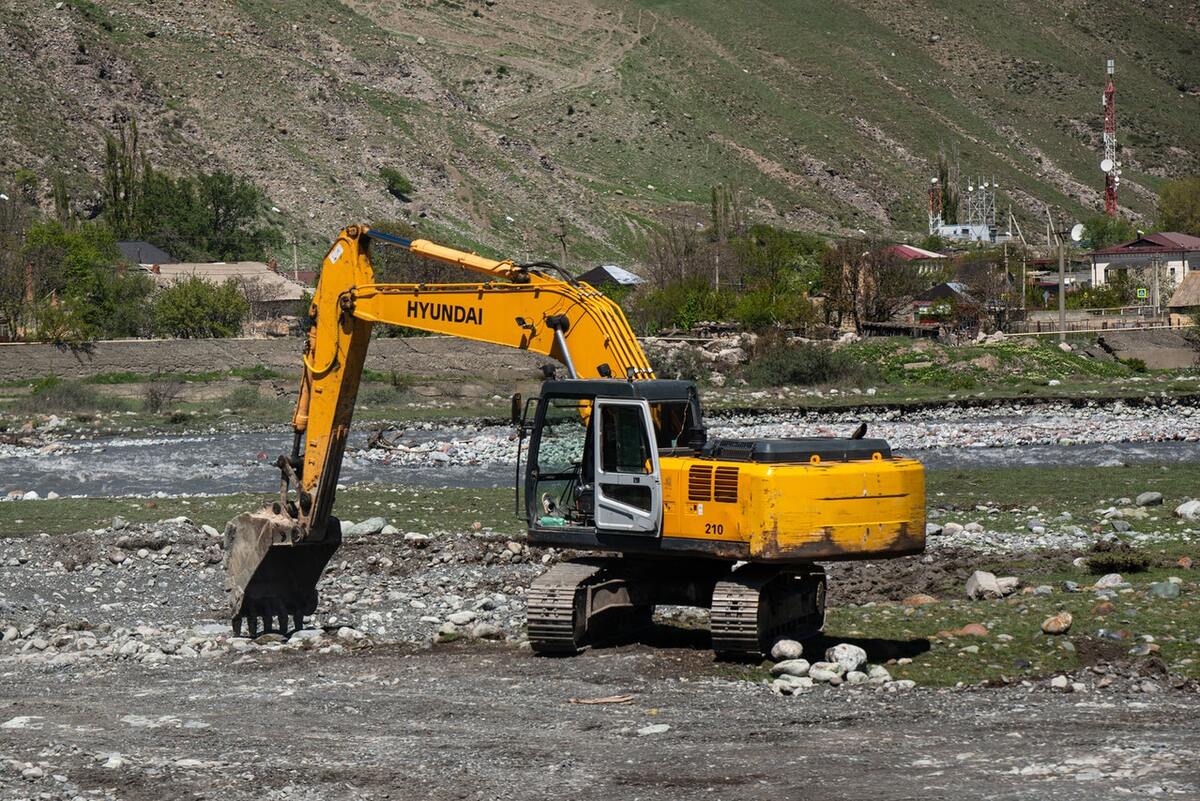Why construction downtime is a sustainability killer

Government officials are developing sustainability regulations to prevent adverse environmental effects. Individuals are using low-impact materials and machinery to shrink their carbon footprints and meet eco-consumer demands. The construction industry is a significant global pollution producer.
Builders are challenging construction site pollution by increasing project efficiencies. Construction downtime may limit job site sustainability and negatively impact the environment. Individuals can minimize downtime to improve ecological conservation.
What is construction downtime ?
Construction downtime signifies project limitations from maintenance and equipment deficiencies. Maintenance downtime significantly impacts surface-level and atmospheric pollution. Unplanned services and repairs increase a project’s timeline.
Extended projects may produce more runoff pollution and habitat degradation. Equipment downtime also impacts construction sustainability. Some heavy machines require downtime during the summer months to avoid overheating.
Heavy rainfall also affects construction downtime and sustainability. Precipitation rates are increasing as the global temperature rises. Substantial rainfall can limit a construction project’s efficiency.
The COVID-19-related labor shortage is also impacting construction downtime. America’s workforce decreased by nearly 15% since the beginning of the pandemic. Labor- and equipment-related downtime influence four forms of environmental degradation.
Greenhouse gas emissions
A significant amount of construction downtime pollution comes from greenhouse gas emissions. The construction industry produces nearly 39% of global emissions each year. Longer and less-efficient construction projects generally have larger carbon footprints.
Some builders also use more heavy machines during the summer months to avoid overheating-related downtime. Transporting multiple heavy machines can increase greenhouse gas emissions. Most construction appliances also rely on fossil fuels, which produce various ecological effects.
Solution : efficient technological advancements
Construction workers can improve job site sustainability by investing in energy-efficient technologies. Engineers are creating technological advancements to reduce construction downtime.
For example, refueling gas-powered machinery may influence substantial downtime throughout lengthy projects. In answer, manufacturers created electric excavators to prevent fueling-related downtime. These new excavators can conduct seven hours of work on a single charge.
Workers can plug the machine in overnight to prevent construction downtime. In terms of environmental impact, electric excavators also produce zero tailpipe emissions while in operation, which shrinks projects’ carbon footprints.
Professionals may also utilize telematics to prevent equipment shortfalls. Monitoring heavy machinery data can prevent damage and improve efficiency.
The technology can reduce fuel consumption by 40%, which decreases greenhouse gas emissions. Construction outfits may also swap their diesel trucks for electric models as they come to market.
Solution : time efficiency training programs
Construction company owners can reduce job site downtime by creating efficiency-focused training programs. Professionals may teach employees to conduct machinery maintenance and recognize signs of damage. They can also create operation training programs to increase energy efficiency.
Construction professionals may teach employees to minimize stress on heavy machinery. Operators can improve machine efficiency by accelerating gently and avoiding speeding. Reducing stress on equipment engines can decrease emissions by 25% in many cases.
Solution : hire knowledgeable managers
Construction professionals can also minimize downtime and increase job site sustainability by hiring knowledgeable managers. They may conduct thorough interviews and assess applicants’ experience before hiring them. Managers with efficient communication capabilities may significantly reduce confusion and miscommunication-related downtime.
Knowledgeable professionals may also efficiently delegate tasks on job sites. Hiring the top talent can improve job site productivity, reduce equipment damage, and slash greenhouse gas emissions by eliminating rework and unnecessary equipment operation.
Solution : schedule downtime
Employees may also minimize construction downtime by creating a simultaneous maintenance schedule. Professionals can identify the downtime demands of each machine and create a low-impact schedule. They may also develop a contingency plan to reduce unexpected productivity limitations.
The environmental effects of minimizing downtime
Minimizing downtime can significantly improve sustainability on construction sites. Efficiently conducting maintenance and preventing damage both increase equipment longevity. Using the same construction equipment for extended periods creates less municipal solid waste (MSW) over time.
Preventing construction-related MSW is essential to environmental conservation. Environmentalists predict the United States will reach its landfill capacity in 18 years.
Construction professionals may also prevent atmospheric degradation by minimizing emissions from idling machines during downtime. Greenhouse gas emissions contribute to climate change and ecological damage.
Minimizing job site air pollution also protects employees’ health. Inhaling greenhouse gases can increase individuals’ risk for heart disease, lung cancer, asthma, stroke, and other health conditions.
Construction downtime makes a difference
Downtime is already an unpleasant concept for construction companies – it costs money and delays project timelines. However, its environmental costs are also notable, and this demonstrates why improving technology and work site conditions to reduce downtime is something everyone in building, design, and construction should care about.



